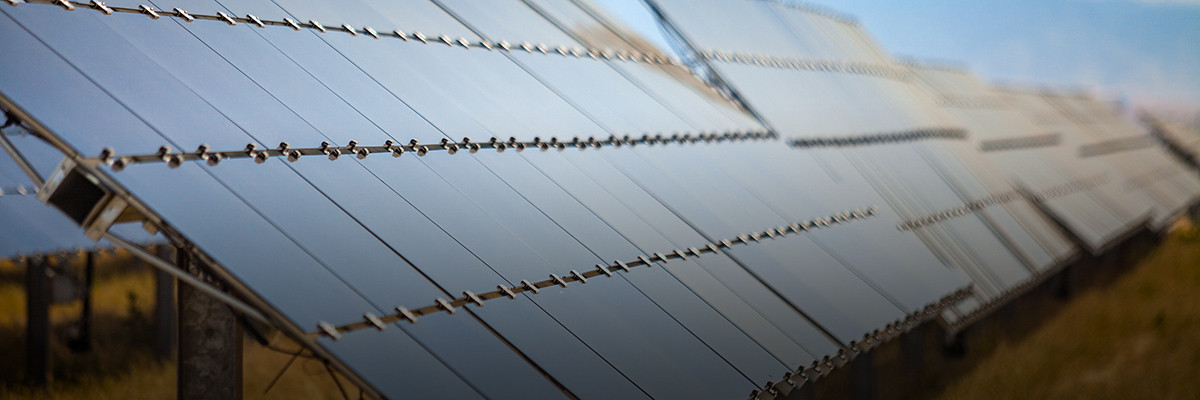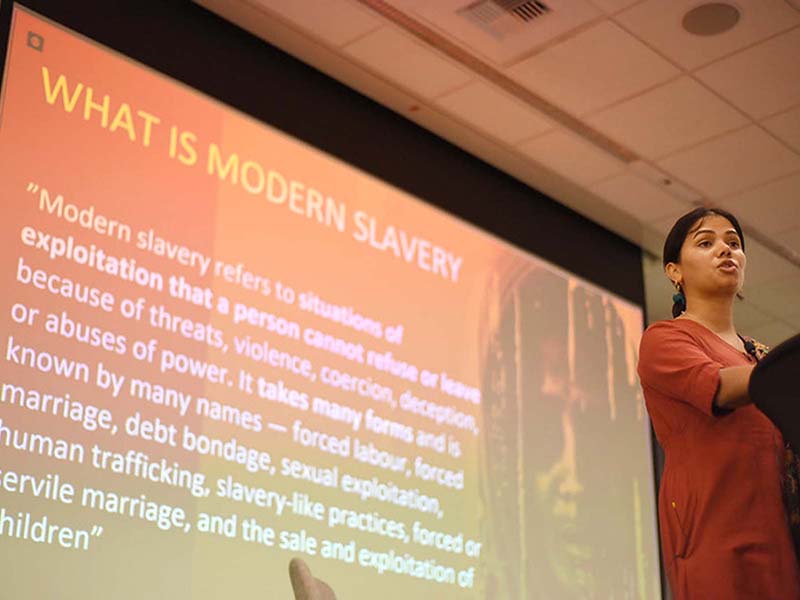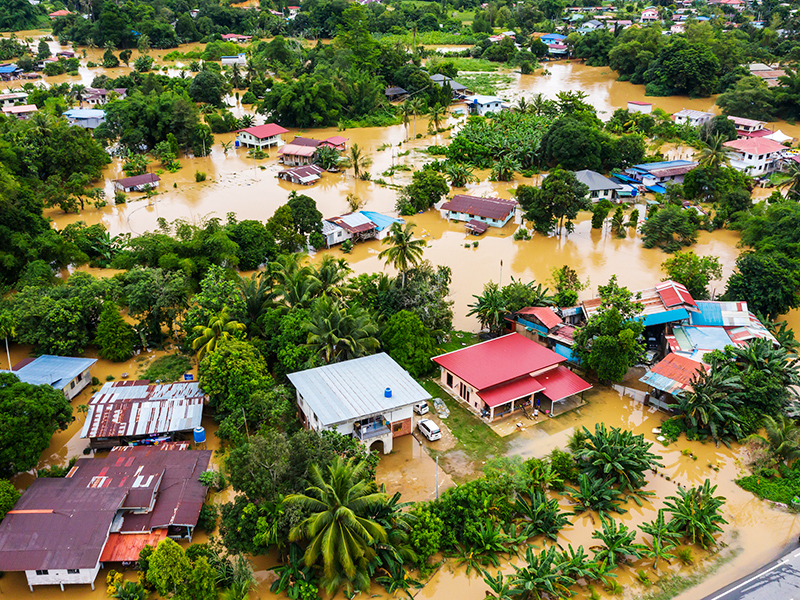
Authors
-
Roberta Pinamonti
Former Associate Director, BSR
In 2015, Amnesty International and Greenpeace released a joint statement calling on governments at the UNFCCC meetings to urgently shift to phase out fossil fuels through a transition to 100 percent renewable energy worldwide by 2050. What I find noteworthy and special about this announcement around the global climate negotiations is the fact that it frames the energy transition as a necessary step for the protection of human rights.
We have already started to experience the negative effects of climate change, which disproportionally affect vulnerable communities. For people around the globe, but these groups in particular, climate change can impact a broad range of human rights, including health, access to clean water, food, sanitation, and other basic human needs. From a human rights perspective, the renewable energy movement could not be more welcome–or more urgent.
The renewable-led transformation that the International Energy Agency describes in the last release of the World Energy Outlook gives us cautious hope that we are on track to shift to cleaner energy options. Specifically, it suggests that the renewable energy transition is underway, as evidenced by a projected increase in the share of renewables in the global electricity generation mix from over 23 percent in 2015 to almost 28 percent in 2021. Moreover, investments in onshore wind and solar, which represent rapid short-term deployable renewable energy technologies, seem consistent with the global goal of limiting temperature rise to 2°C.
This “renewables rush” is also exemplified by bold pledges and announcements from nations in both the developed and developing world:
- Germany has been able to meet as much as 78 percent of a day's electricity demand from renewables.
- Denmark got 42 percent of its electricity from wind turbines in 2015 and aims to be 100 percent fossil-fuel-free by 2050.
- Renewables provided 99 percent of Costa Rica’s electricity in 2015.
- Nicaragua is aiming for 90 percent renewable energy by 2020.
- China announced its intention to spend more than US$360 billion through 2020 on renewable power sources like solar and wind.
- Nigeria is targeting 30 percent renewable energy by 2030.
However, while we keep the pace of this clean transition, have we appropriately considered the human rights and social implications?
For instance, dispossessions of indigenous peoples' lands remain a significant issue for renewable energy projects in territories with indigenous communities, no matter the scale of the project. For example, if a wind farm were placed on indigenous lands without appropriate consent, it could harm livelihoods, including, for example, by blocking access to food, if the land was previously used for local farming.
If the recent scenarios from the World Energy Outlook are to be believed, we can expect the intersection between human rights and renewable energy needs to become increasingly relevant in our near future. As former UN High Commissioner for Human Rights Mary Robinson pointed out, “It is important to remain cognizant that not all action which is good for the planet is automatically good for people. We require a just transition where human rights inform all climate action.”
This means that, at a macro level, energy policies need to be conceived in a way that trade-offs, co-benefits, and competing priorities are considered in the context of energy security, climate objectives, and the human rights of stakeholders, including local communities and workers.
At a micro level, renewable energy projects need to be designed, financed, constructed, and integrated into energy systems with special consideration of human rights in fragile contexts where vulnerable communities are present.
Thankfully, renewable project developers, which tend to be small and dynamic company outfits, provide us with some positive examples of effective community engagement and consultation and community investment programs, including community ownership of projects. Global energy players investing in renewables are also increasingly paying attention to human rights, for example through establishing human rights policies and increasingly integrating social and environmental considerations into energy investment decisions.
If we look beyond that, for instance at the engineering and construction sector, we can find examples of company action on human rights that shows that the infrastructure sector is looking at addressing its human rights challenges in a collaborative way. These trends—and a call for the inclusion of human rights in the renewable energy agenda—are well captured in a recent study by the Business and Human Rights Resource Centre.
We would like to invite you, the companies involved in this welcome “renewables rush,” to be a part of this trend by integrating the human rights agenda into your business practices.
To help you determine which human rights are particularly relevant to you and your company, we have produced a business and human rights primer for the power and utilities industry that addresses the sector’s ten key human rights challenges, as well as ideas for positive human rights impacts and emerging risks that you should be aware of. We encourage you to read it, and we would love to hear your thoughts on what incorporating human rights into the transition to renewable energy will look like.
BSR’s latest sustainability insights and events straight to your inbox.
Topics
Let’s talk about how BSR can help you to transform your business and achieve your sustainability goals.







